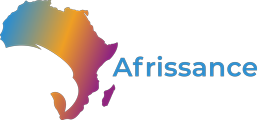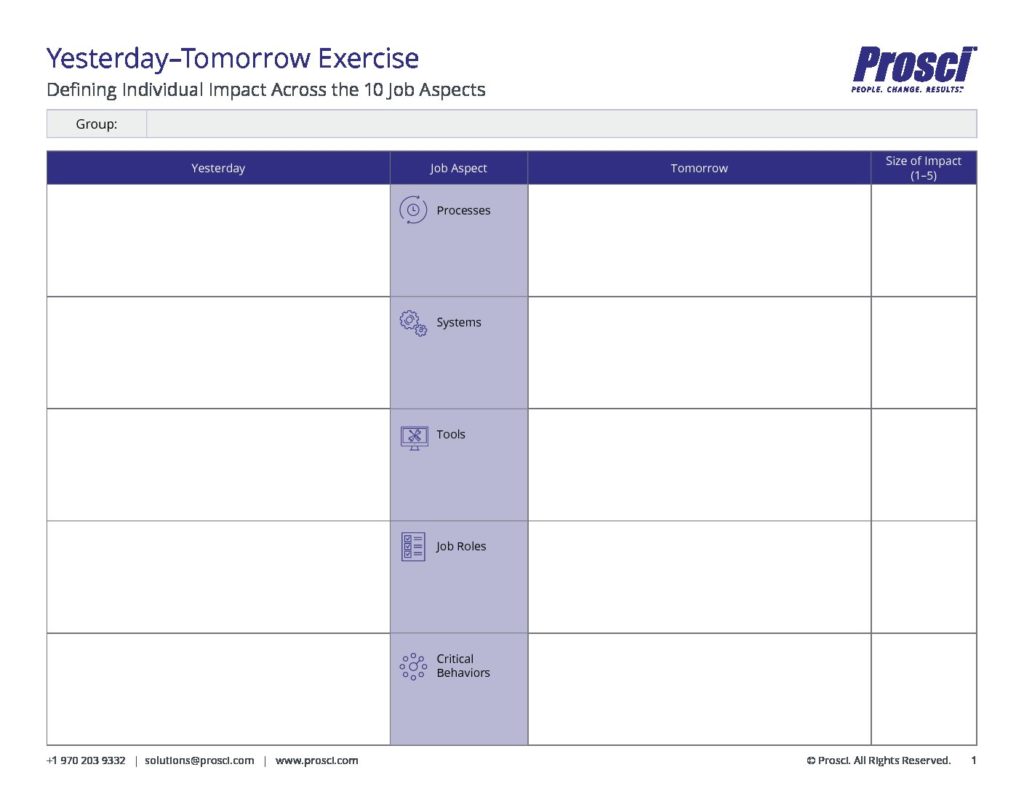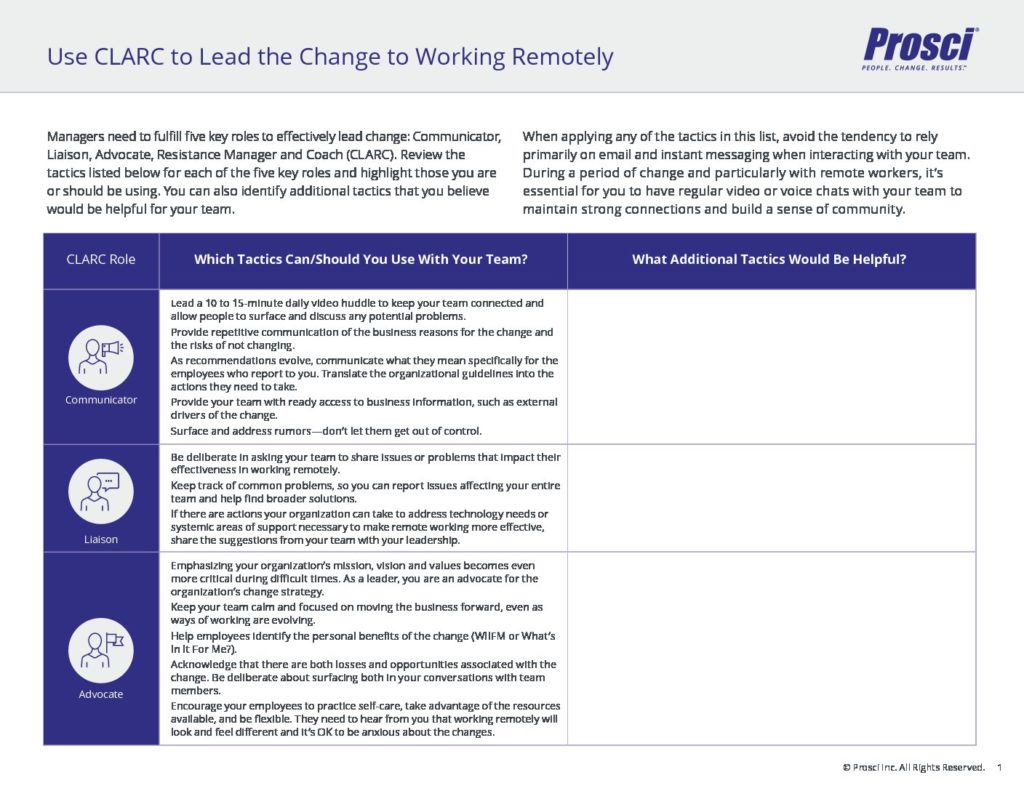In this pivotal era of bigger, faster, more complex and multi disciplinary change, many established companies struggle to become more dynamic. With today’s levels of uncertainty, ambiguity, volatility in the markets, and globalization, organizations must grow their agility in order to not only thrive but also benefit from change. Organizations are beginning to acknowledge the importance of agility to their success as this will become a key source of competitive advantage in years to come.
To define organizational agility in simple terms, it is the ability of an organization to renew itself, adapt, change quickly, and succeed in a rapidly changing, ambiguous and turbulent environment. The future of business belongs to those who can out-change the competition and market.
An organization that wants to increase agility has to do things differently. It is not enough to simply optimize existing practices. New technologies, competitors, and customer needs often demand materially different solutions, which call in turn for radically different ways of working. Referencing PMI’s Pulse of the Profession In-Depth Report, to forge that agility, successful organizations are aggressively reshaping their culture and business practices on a three-pronged front:
1. KEEP UP WITH CHANGE
Whether due to anemic economic growth or the constantly morphing digital landscape, the business environment is changing at an unprecedented pace. Yet some organizations manage that volatility better than others through aggressive change management. Organizations effective at change management are more agile, not only reducing the impact of external changes, but also capitalizing on the opportunities they may present. Rigorous change management helps to better adapt to shifting market conditions.
2. MASTER RISK
Risk resiliency is as an organization’s ability to withstand disruption by relying on solid processes, controls, and risk management tools and techniques, including a well-defined corporate culture and powerful brand. When organizations are forced to make rapid-fire decisions, they can sometimes lose control. Effective risk management helps executives and project leaders identify, prepare towards and mitigate the factors that could sabotage success through a more collaborative and robust process.
3. STANDARDIZE PRACTICE
In complex projects and programs, the choice of operating model (structure, processes and tools) is a key driver of success and execution efficiency. Companies need to identify both stable and dynamic capabilities of structures, processes and people. Standardizing key processes allows for decentralization resulting in improved efficiency and better decision making.
Organizations with greater agility are increasing their success rates on projects by investing in the above mentioned core practices. They meet business goals and objectives, complete projects on time and budget, and realize forecasted ROI giving them that elusive edge in this fast-paced, dynamic market. Conclusively, the combination of speed, flexibility, and a dynamic model in a stable framework gives organizations the agility to thrive. Reach our team of experts directly at enquiries@afrissance.com for more insights on increasing your organizational agility.
May 2020


